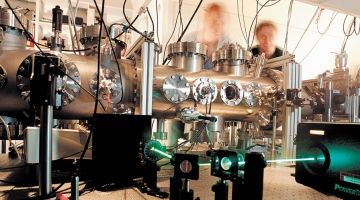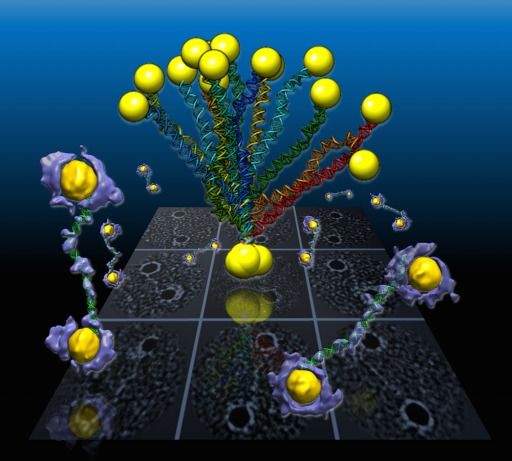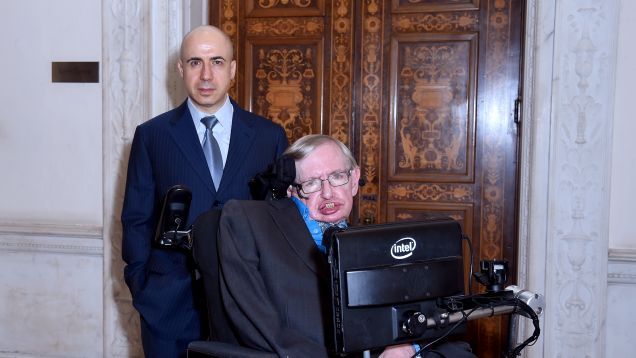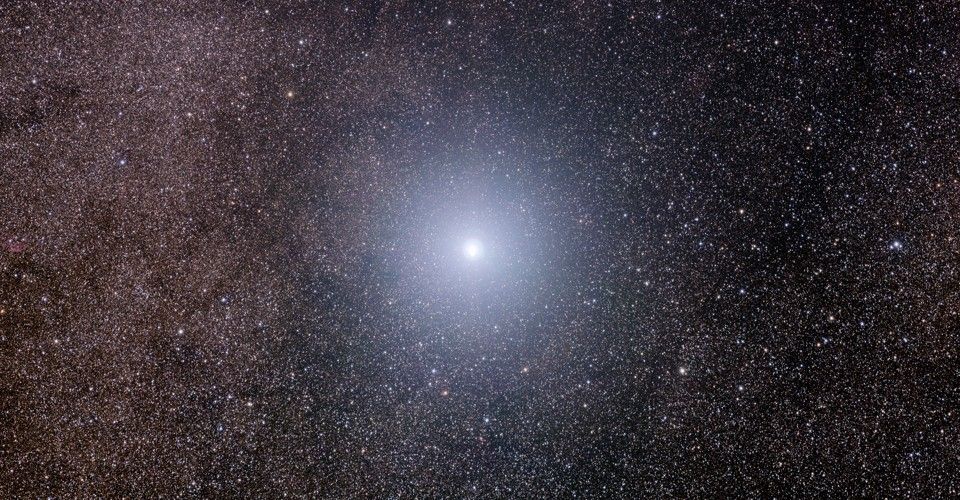Apr 12, 2016
Physics: Unite to build a quantum Internet
Posted by Karen Hurst in categories: internet, quantum physics
For communications; teleporting is definitely key. When it comes to Quantum Internet, one only needs to consult with researchers at Los Alamos National Lab to see how they have evolved in this space since 2009.
Advances in quantum communication will come from investment in hybrid technologies, explain Stefano Pirandola and Samuel L. Braunstein.

















